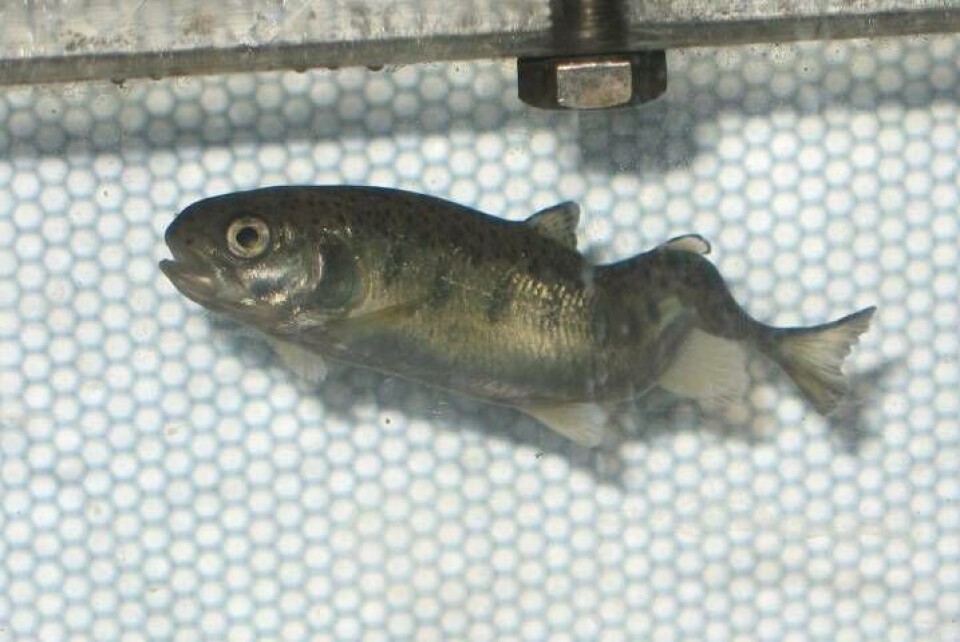
Deadly whirling disease spreads in Canada
All aquaculture facilities in the Canadian province of Alberta have been ordered to test fish for whirling disease.
The move by the Canadian Food Inspection Agency (CFIA) comes after the presence of whirling disease (infection with Myxobolus cerebralis) was confirmed throughout the Bow and Oldman River watersheds.
Anyone wanting to stock fish from the affected area would also have to implement "approved biosecurity protocols" in order to obtain a permit from the CFIA.
The disease has already spread through Banff National Park and the CFIA declared the entire Bow River watershed infected with whirling disease in February. Yesterday’s declaration expands the impacted area southward, all the way to the Canada-US border.
Buffer area

A statement from the CFIA said: “The rest of Alberta is declared as a buffer area for this disease until surveillance by the CFIA, Parks Canada and the Government of Alberta determines that the buffer area or parts of the buffer area are free or infected with whirling disease.
“This declaration establishes a federal government role in managing this disease for Canada. The declaration does not mean that every susceptible finfish population within the Bow and Oldman River watersheds are infected with the disease.
“As a result of the new declaration, a domestic movement permit will be required from the CFIA for susceptible species and end users identified in the Domestic Movement Control Program.
“The following are examples of facilities and activities that will require a permit:
- Provincially-licensed aquaculture facilities that are designated as Commercial A in Alberta and moving live or dead finfish or gametes (sperm or egg) for cryopreservation, culture, research, and release into natural waterways.
- Diagnostic laboratories that are receiving live or freshly dead or frozen finfish, or the pathogen of whirling disease from the Bow and Oldman River watersheds or from Alberta.
- Other types of laboratories that participate in water toxicity or benthic testing programs, for example, and are receiving live or freshly dead or frozen finfish, or freshwater sediments.
- Research activities that use live or freshly dead or frozen finfish, the vector of whirling disease, the pathogen of whirling disease, or freshwater sediments from the Bow and Oldman River watersheds or from Alberta.
“Commercial A aquaculture facilities in Alberta can also apply to the CFIA for compartment recognition and declaration as a free area for whirling disease.”
Premature death
Whirling disease is a microscopic parasite that attacks the cartilage in fish skulls and spines, causing the fish to swim erratically — or whirl. Eventually, the fish die as the disease makes it difficult for them to feed and avoid predators.
The disease attacks salmanoids such as salmon, trout, whitefish and char. It is not harmful to humans and the CFIA said there are no health concerns for people using the infected bodies of water or eating infected fish.
There are no known treatment options for whirling disease and officials are focusing their efforts on preventing it from spreading.























































